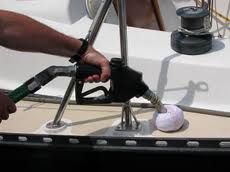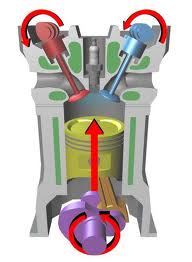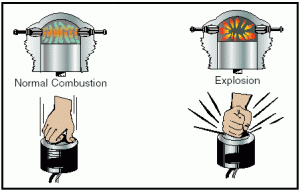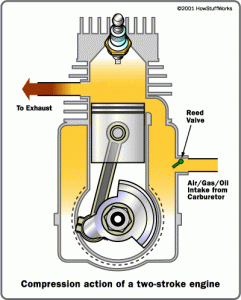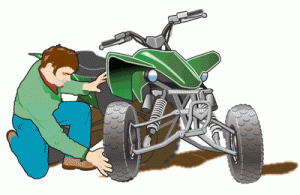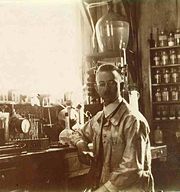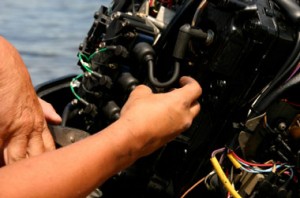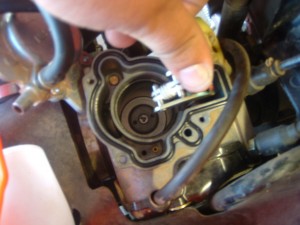Environmentally Friendly Boating Tip 5
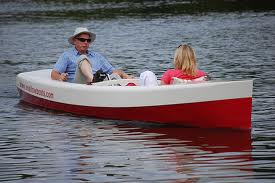 Our fourth installment of eco-friendly boating tips ties closely into one of last week’s tips for saving money at the pump. A lot of people are so excited to get out on the water that they forget to take the time to get to know their waterways. This year, take the extra time and experience the satisfaction of responsible navigation. Know where you’re going, how to get there and even the best time to head out. Proper navigation saves you time on the water and ultimately money in the bank.
Our fourth installment of eco-friendly boating tips ties closely into one of last week’s tips for saving money at the pump. A lot of people are so excited to get out on the water that they forget to take the time to get to know their waterways. This year, take the extra time and experience the satisfaction of responsible navigation. Know where you’re going, how to get there and even the best time to head out. Proper navigation saves you time on the water and ultimately money in the bank.
You can avoid excess fuel consumption by being patient and planning your trip well in advance. Avoid this common mistake. Everyone can’t wait to get out on the water every year so don’t fall victim to impatience. Save yourself time, money and wear and tear on your boat by thinking ahead and having a solid route planned out. The best part is you can help the environment at the same time! Also, try buying bulk motor oil to save money on all of your boat trips.


